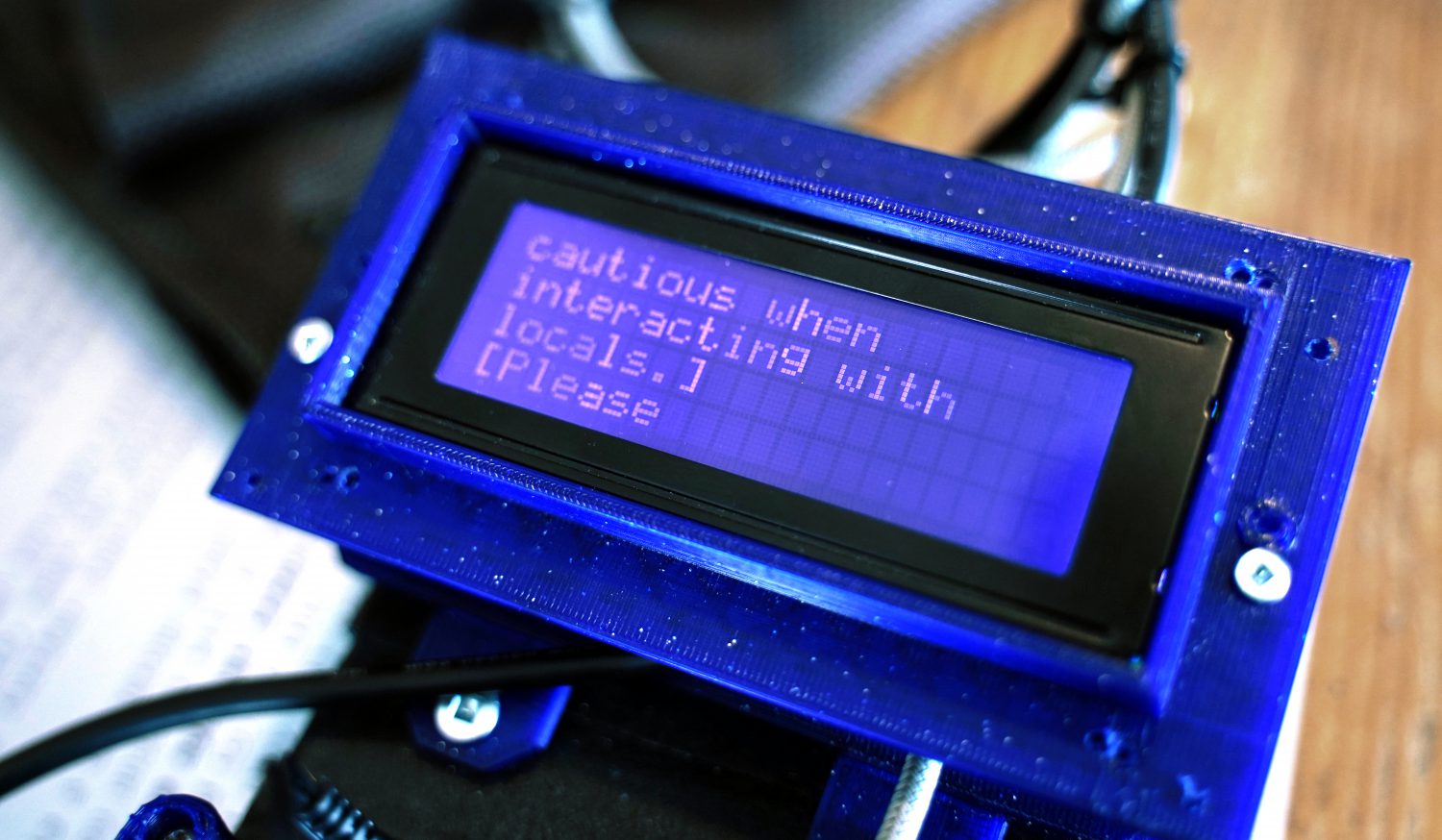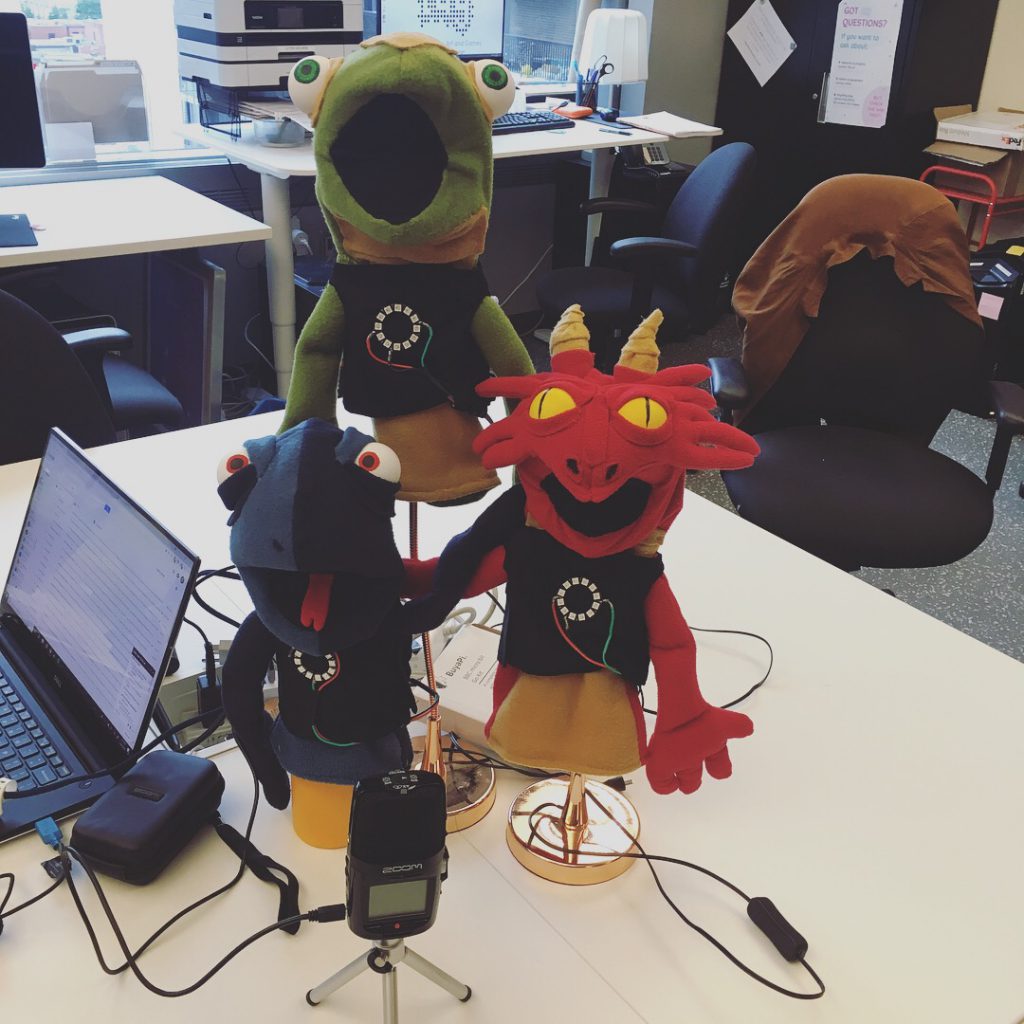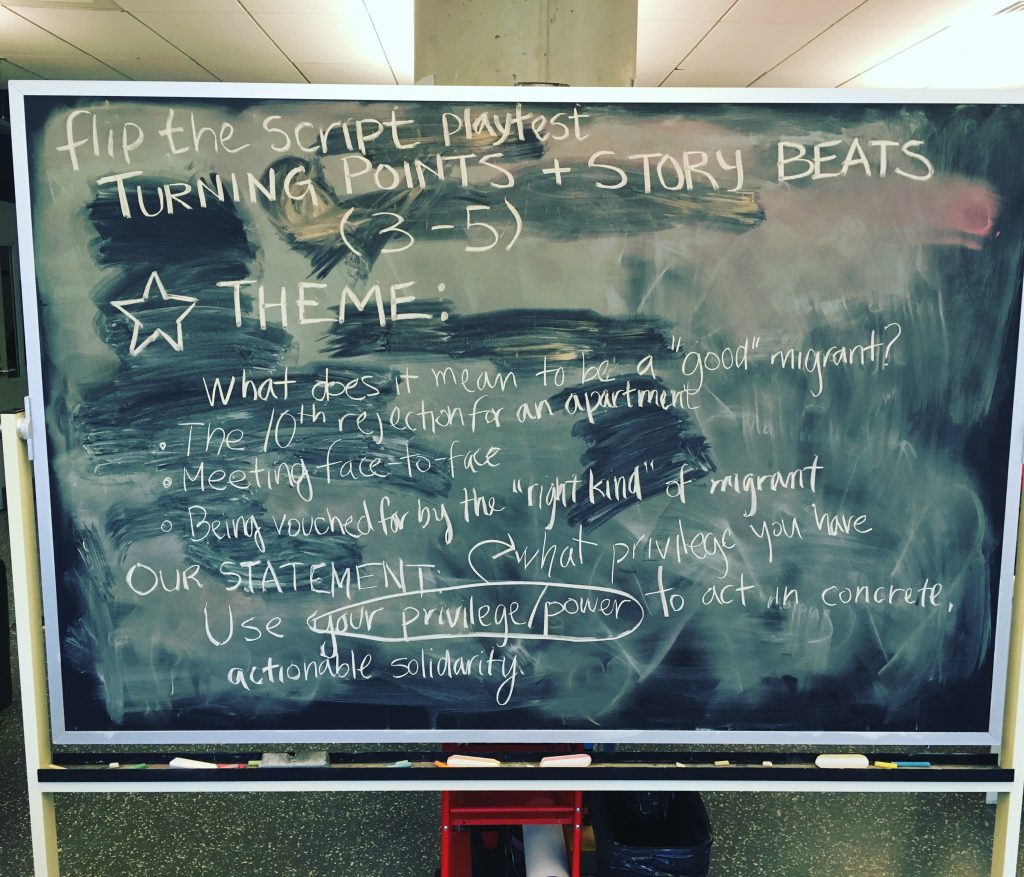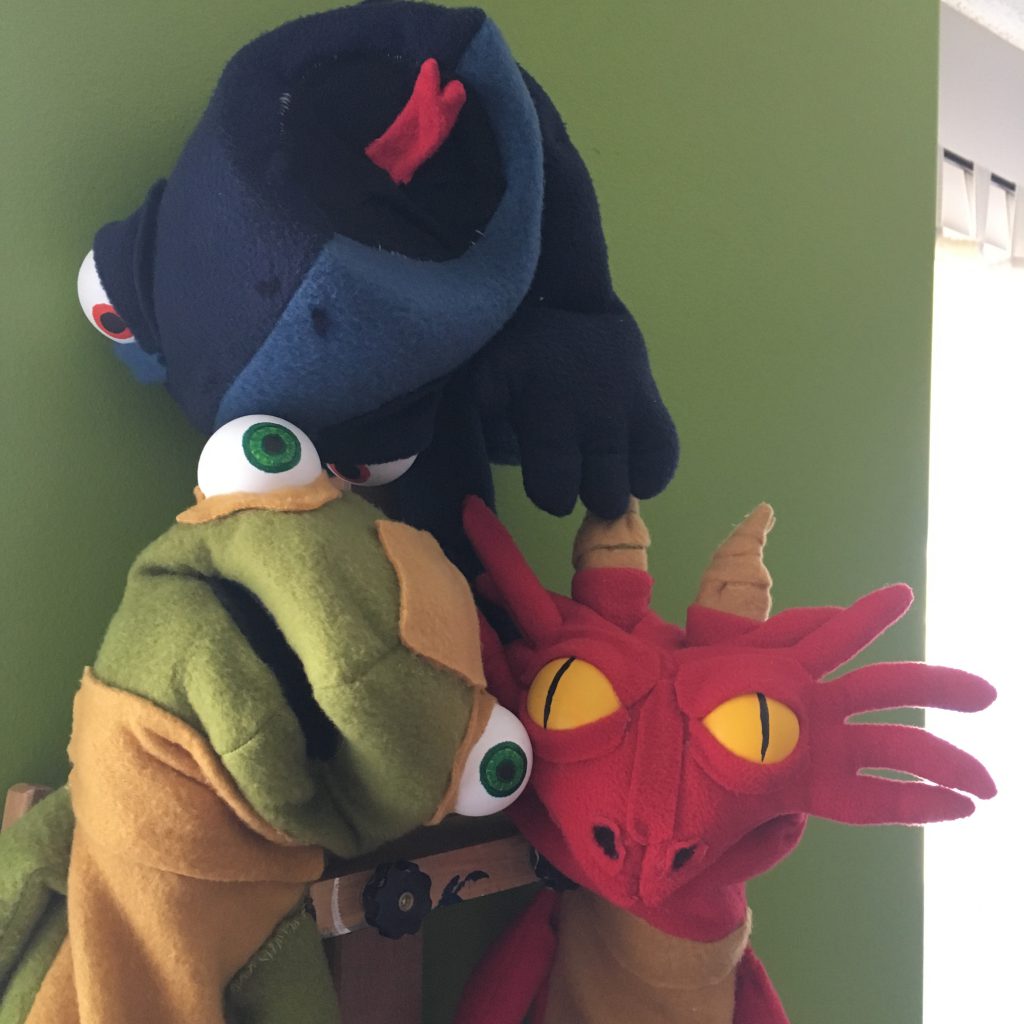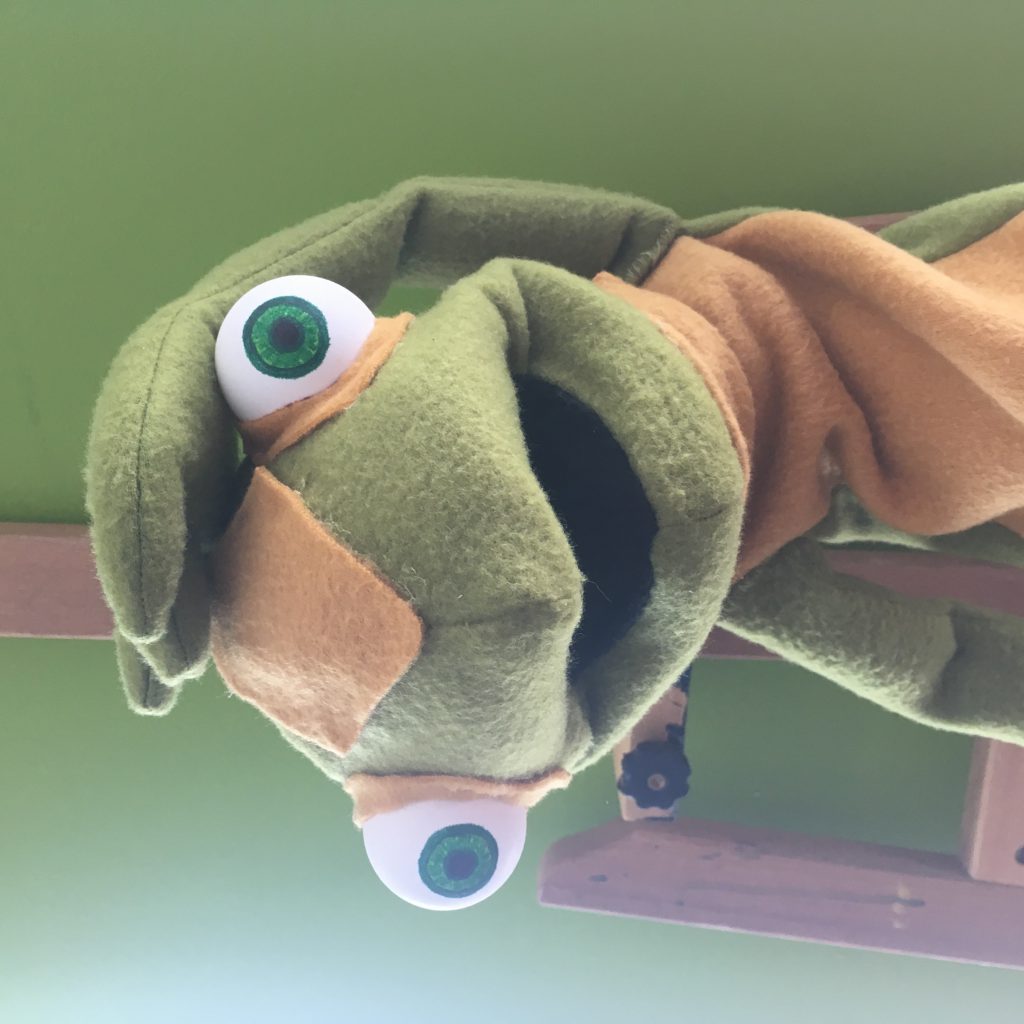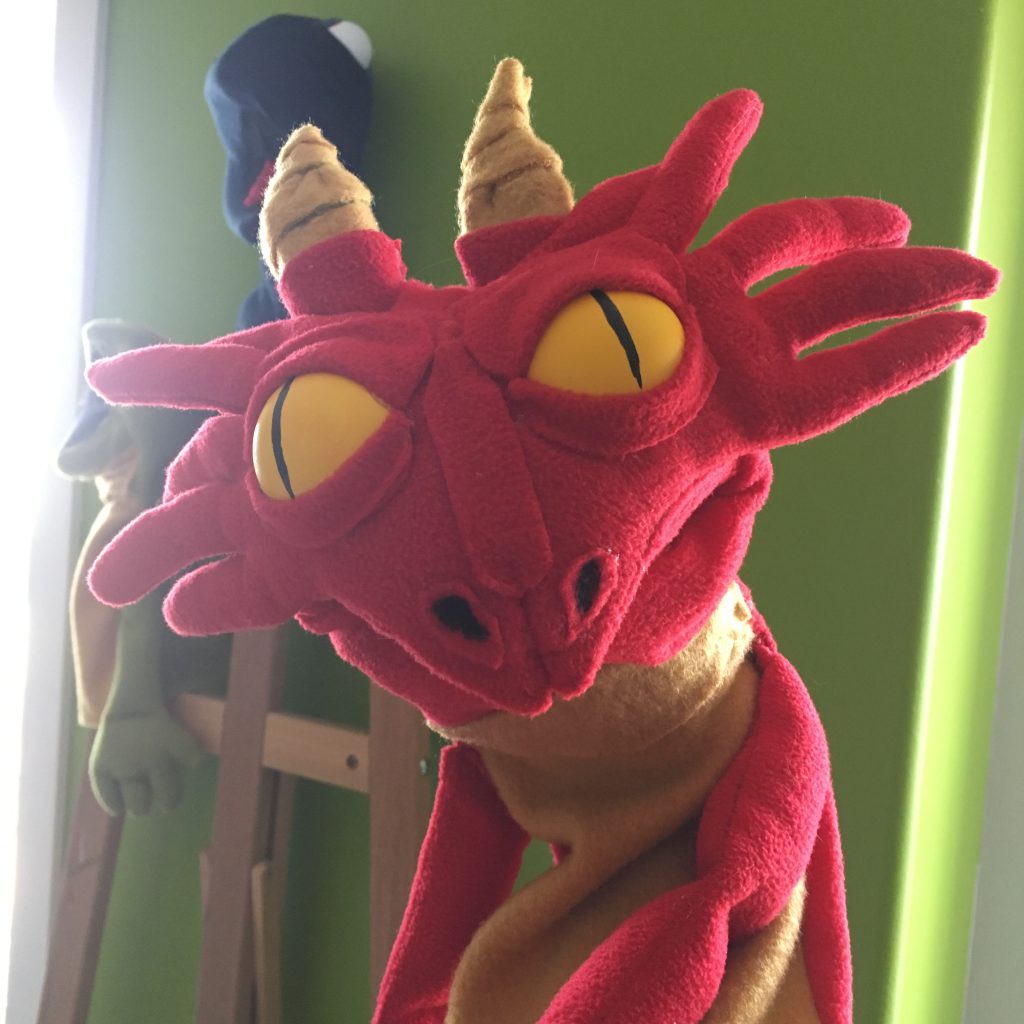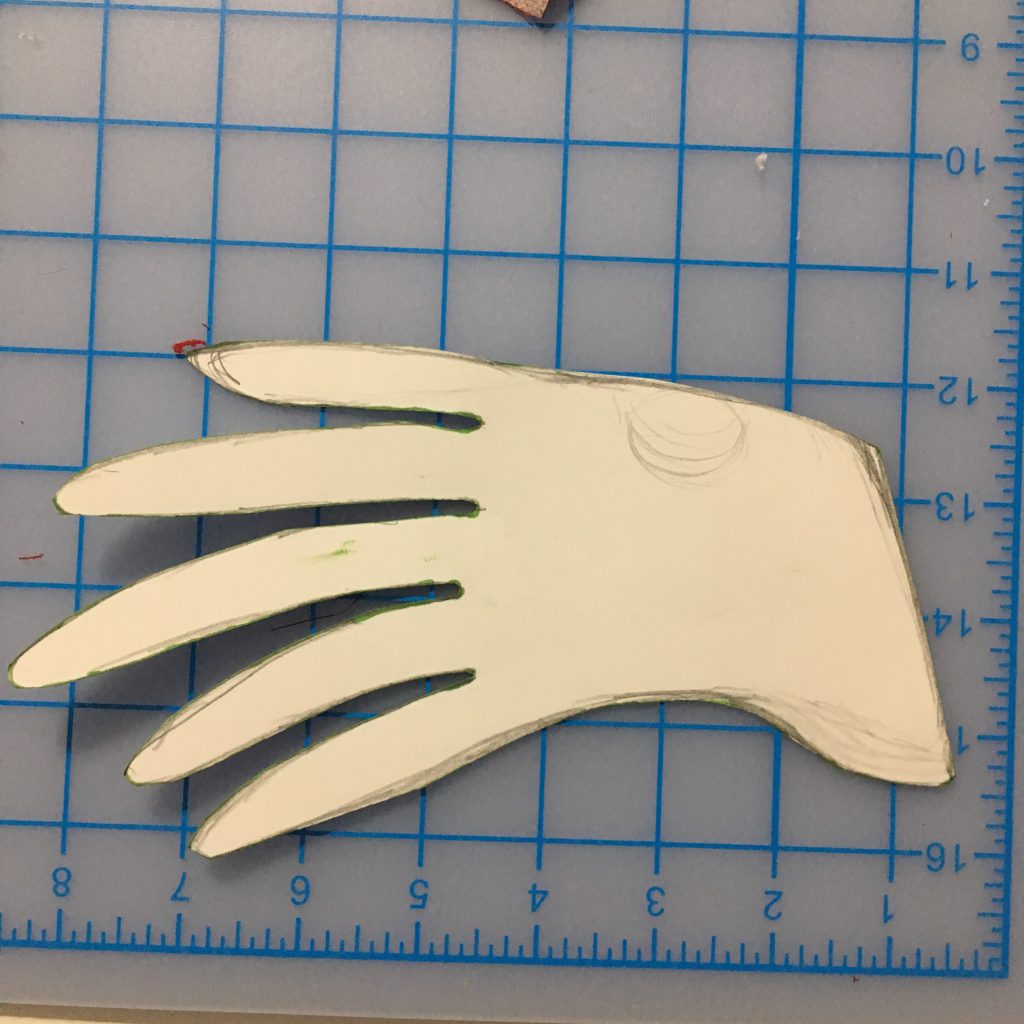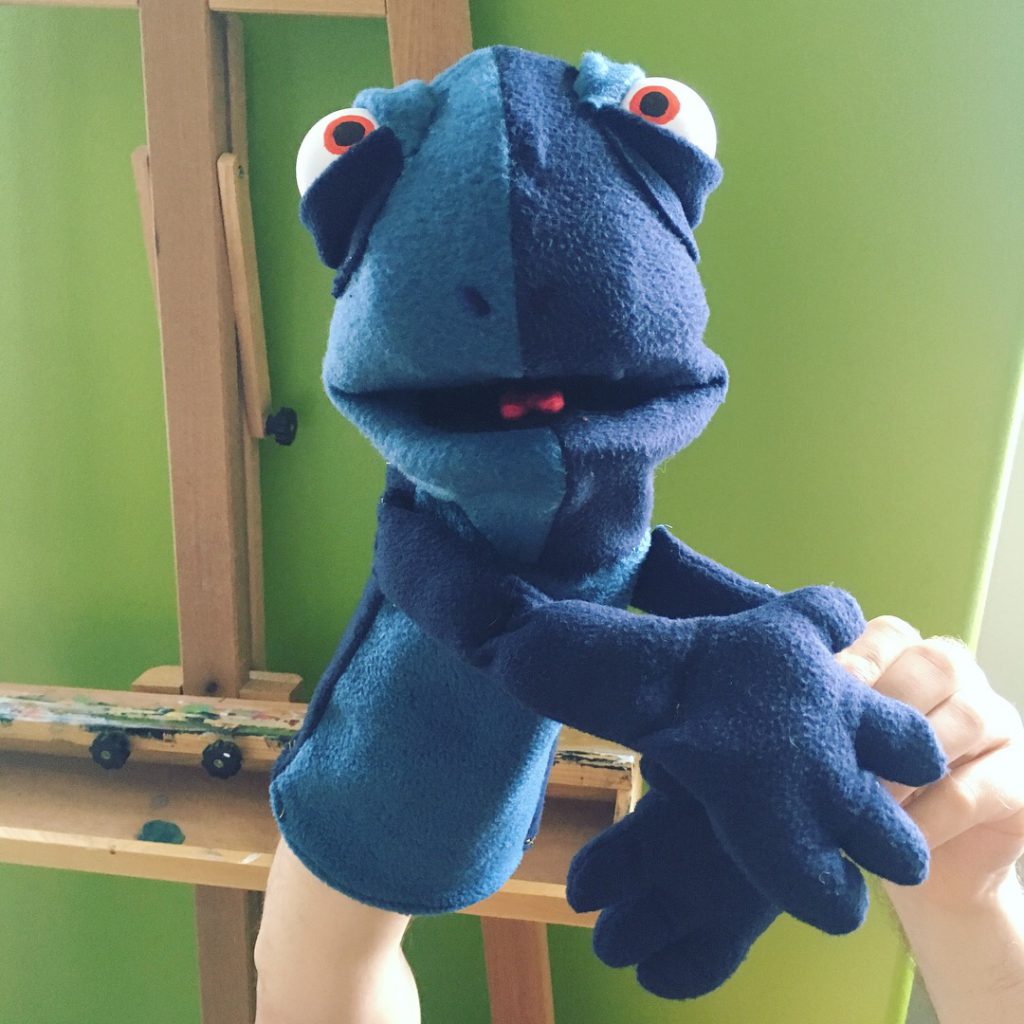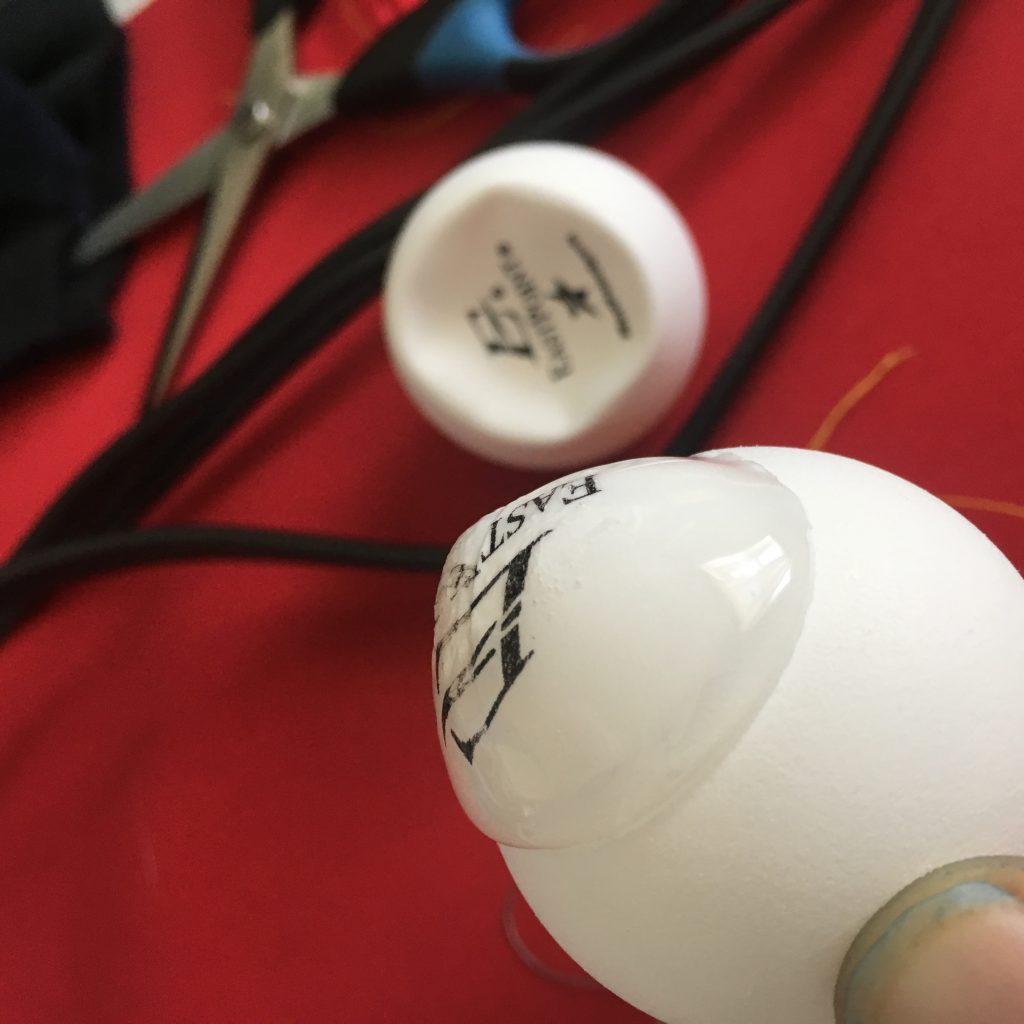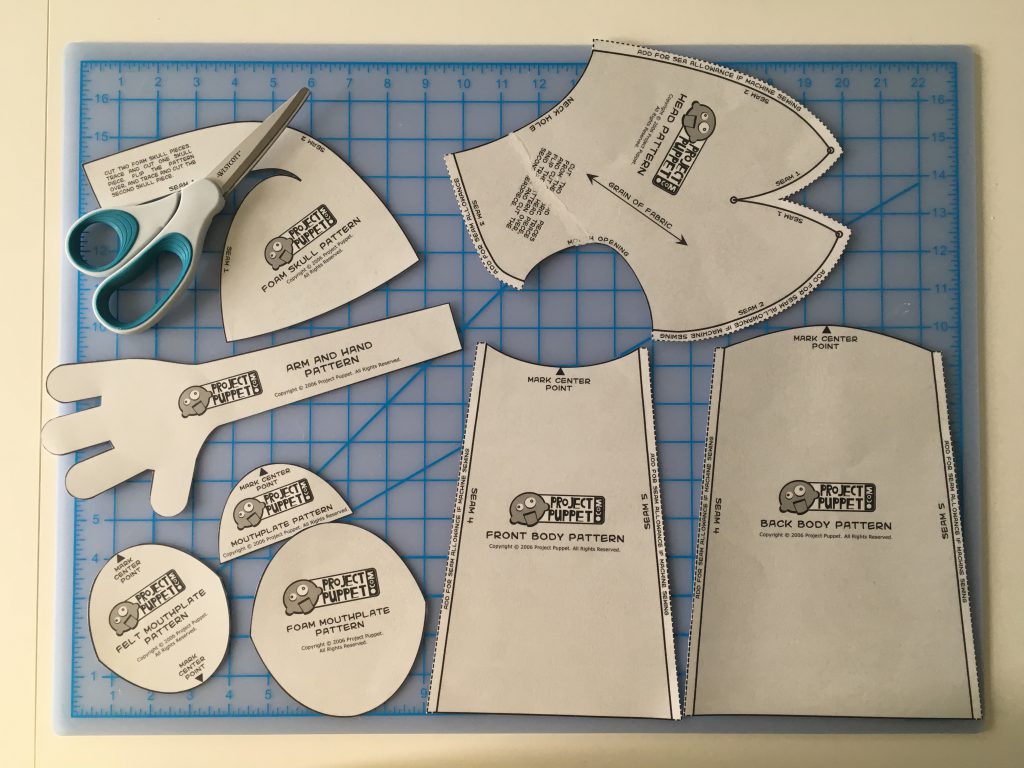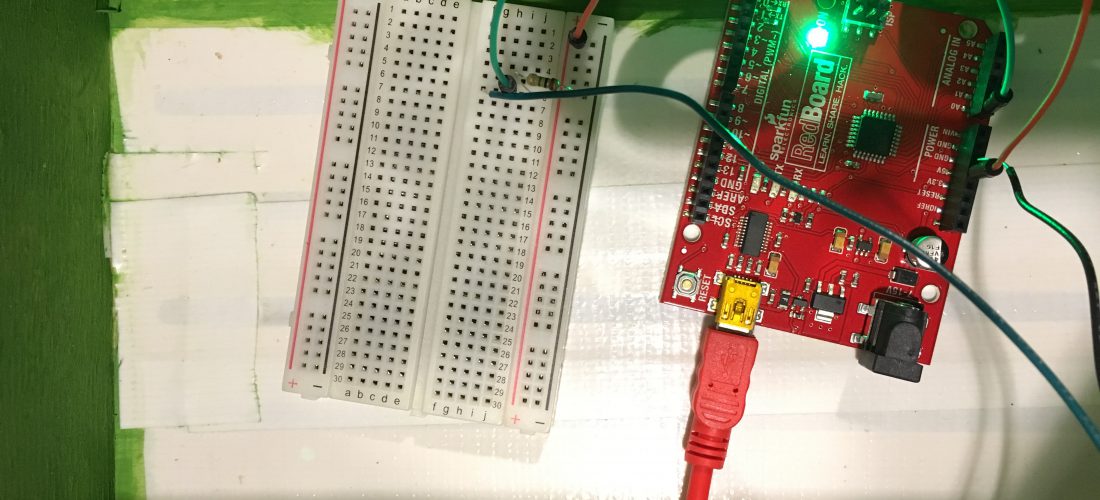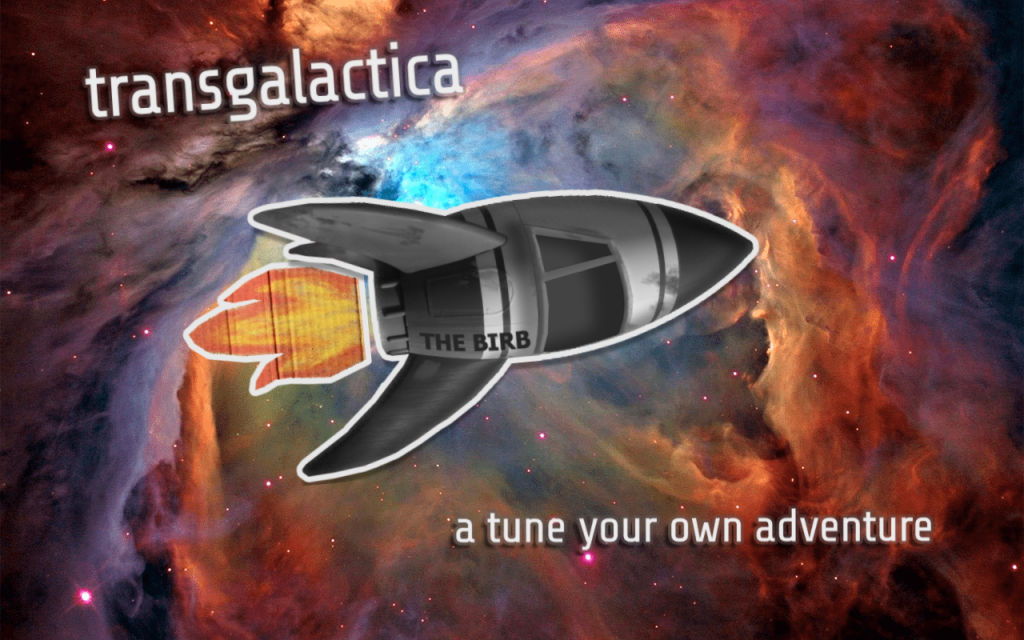It’s been exactly one month since I last wrote an autoethnographic blog post, and let me tell you, it’s been some month. There’s still plenty ahead too — I’ll be traveling to Europe for Ars Electronica, Hamilton for a BTS Concert (yes, I’m a fan — it’s astounding how many graduate students in game studies are and how many of us de-stress [not relax, but de-stress] watching their flashy music videos), Montreal for QGCon (which I’m co-organizing!), Worcester, MA for Different Games, New York for my nibling’s christening, and home again in Montreal for Maker Faire.
From the end of July into the beginning of August, I continued my yearly tradition of participating in GISH (formerly known as GISHWHES). That finished August 4th, and I’ll eventually post some of the items and videos that I made — one video even featured Harle, Avi and Drake as puppets from the 1950s!
From there, from the 5th onward, began a nightmare move that I still haven’t seen the end of. To make a long story short, I have had to make insurance claims and the movers were very unpleasant. It’s left me with a lot of work in addition to my already-hectic schedule, and it’s pretty stressful. At times, it’s been overwhelming. I’m chipping away at it bit by bit, though, and hopefully things will keep shaping up. There’s still a lot of cleaning, renovating, painting, furniture-buying, furniture-building, and decorating to do.
I have run four playtests of Flip the Script in the past two weeks! It’s a game that takes up a lot of energy, and I’ve decided that in the future, I think that the best that I can do is run it once a day. The game relies heavily on the facilitating role, and the facilitation itself IS heavy.
As you might remember about Flip the Script!, one of the debriefing and de-roling exercises that I do with players is formulating a statement that we’d like to put out ot the world — it can be a statement of hope, advice, just something that the players would like others to know. I try to listen and facilitate this. There were four statements to come out of these playtests. I won’t tell you which statement is in relation to what topic.
“Please be attuned to the subtle signs of our inner experiences and invisible struggles (and thank you for your patience).”
“Each ‘small’ drop in the bucket still eventually fills it and can make it overflow.”
“Be critical of the information you consume; be a good observer, be a good listener, and go deeper than the surface.”
“In recognizing each other’s humanity within rigid systems, there may be potential for unusual alliances and creative solutions.”
Some things that I’ve learned from the playtesting: the microbit and LED technology isn’t pulling its weight as much as it could, although it’s not horribly mismatched, it’s a facilitator-heavy game, I need to help players connect to their puppets by making sure that they interact with them early and often and make things up about them, and I need to carefully shape scenes by regeneralizing any personal anecdotes that people tell, and ensure that the scene is robust enough to support multiple playthroughs. That means carefully setting up the characters and potentialities/story seeds. Also, the way that the game goes and how much is disclosed depends very heavily on who is playing (but I knew that would be the case).
Player reception has been generally positive, and people seem to get something out of the game on an emotional level, even if it’s not a perfect game. I guess it’s okay that it’s not perfect.
What I think I am realizing is that I do need to be careful about how much emotional labour the next project demands of me, because these playtest sessions have been very rewarding, but also quite draining. Given the fact that there are many draining situations in my life at the moment (this nightmare move, everything to do with Tom, just the general stressors of being a grad student with many things to do, plus community organizing and the things that come with it). That means I need to offload more onto the tech and interface and game rules and less onto the facilitator. That’ll hopefully mean that playtesting will be easier, even if initially there’s more work to be done with the tech (which is not necessarily my strongest suit — but it’s always getting stronger!).
With Flip the Script!, I spent a lot of time agonizing over the game idea and getting it to a point where I felt good about it. Then, a lot of my time was spent making the puppets and their interfaces. The rules themselves also took up a good chunk of that time. I’ll have to see where the next project takes me, but I think I need to be able to run the next game even if I’m not feeling at 100%. Maybe that means bringing back a screen. Maybe that means bringing in Raspberry Pi and pre-recorded things. Maybe that means more quick, written rules.
I would like to work more with costumes and theatre, but at the same time, with toys and tiny worlds. I guess I’m thinking of wearables and board games, or even of something like Polly Pocket, or, for a digital reference, Gnog. I want to embed a narrative into the interfaces and have players spend time exploring and discovering that narrative through the interface. I am also feeling inspired by Ida Toft’s Promises project, which I think is vibrant and alive in a very satisfying way, even though it’s quite stripped-down. There’s a suggestion of life within the vibrations in the river rock-like objects that the player engages with.
On another note, playtesting made me feel oddly “on-track” for my dissertation projects. I feel like this project, even if it’s imperfect, is a success. I think it engages with complex ideas that are coming through in the game, that the level of work that I put into it feels appropriate for a six month project, and I feel like I’ve accomplished something. It’s a nice feeling, amidst all this turmoil.
